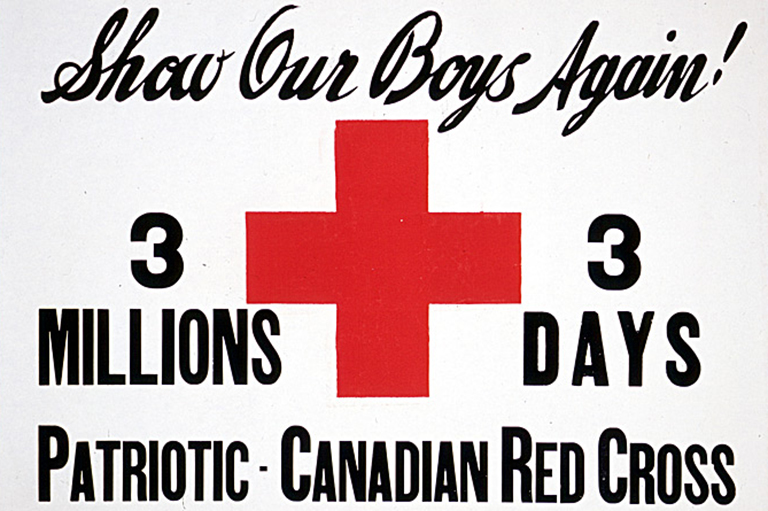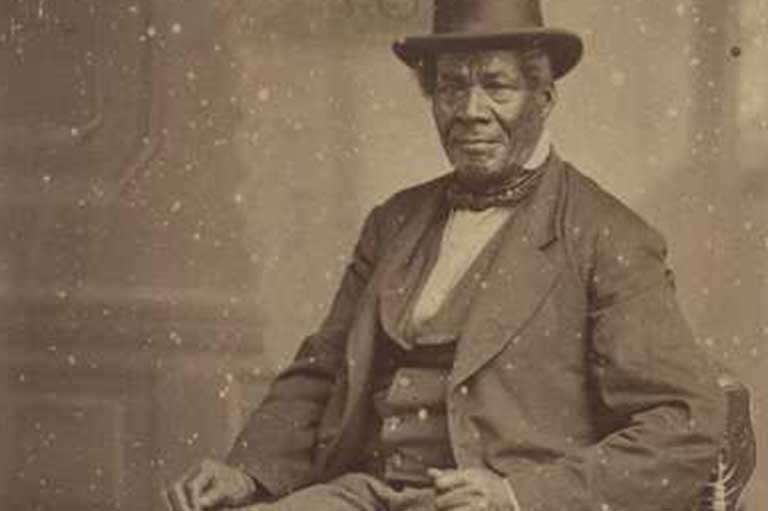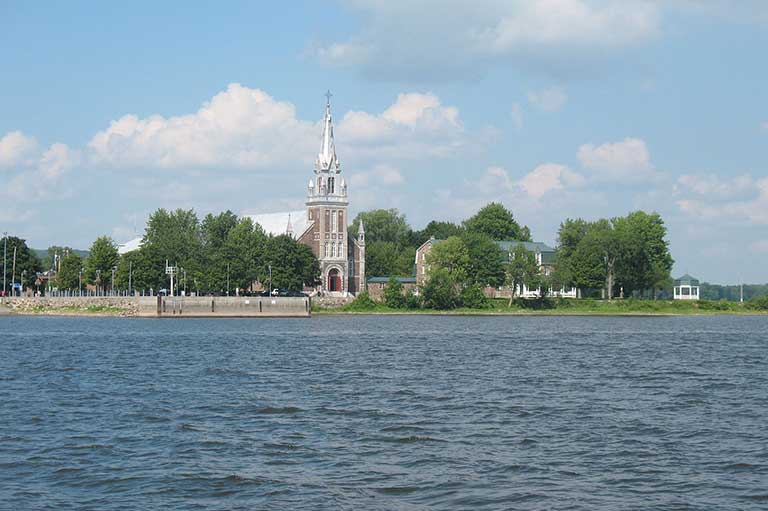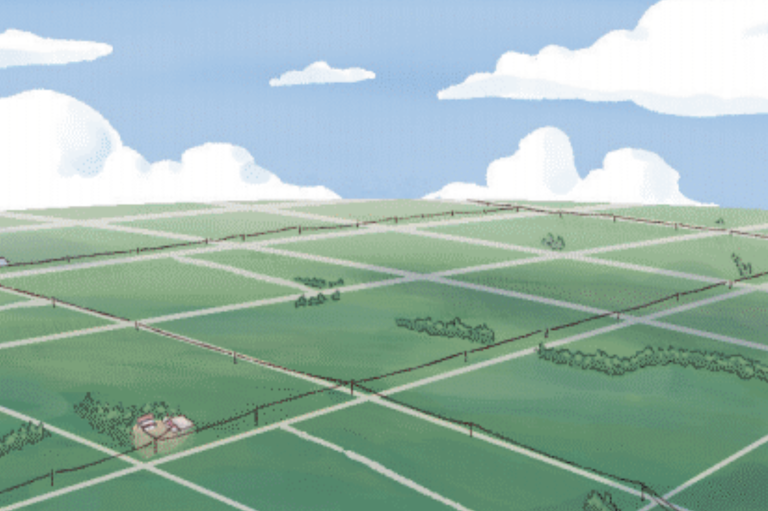Objects of History
Grade Level: 11/12
Subject Areas: Social Studies/History
Time Required: 2 hours for object research and interviews, 4 periods (class, library) information research, 2 writing periods
This lesson is inspired by the special issue 50 Merveilles de nos musées : Les plus beaux trésors de la francophonie canadienne.
Lesson Overview
The objective of the project “Objects of History” is to encourage students to search, in their immediate environment, for around ten objects manufactured before the year 2000, and to provide a brief description of them: original price, utility, provenance, materials, etc. This process is recorded in a logbook of descriptive sheets for each object. Next, students are asked to select just one of these objects for a technical and historical analysis in the form of a short essay on how the object reflects its era. The essay should contain three parts: the history of the object, the evolution of the field to which it relates and a description of the time when the object was in use. Through this work, students are introduced to historical research and become, for a time, museum curators responsible for evaluating the historical value of objects. Using library research and interviews with family members, the student builds their document file.
A guided tour (virtual or face-to-face) in a museum dedicated to history can serve as a trigger for this project. Students will encounter a collection of artifacts displayed in a museum context and can become familiar with the procedure linked to documentation and analysis.
Another objective of the project is to get students to establish contact with their relatives and community members so that they become aware of the role that their elders played in history (small or large) and of the fact that these people are a relevant source of information for a better understanding of the past.
To conclude the project, the teacher and students can create a temporary museum in their school and allow students to present their object to other students, families, and members of the public.
Historical Thinking Concepts
- Establish historical significance
- Use primary sources
- Identify continuity and change
- Analyze cause and consequence
- Take historical perspectives
Learning Outcomes
Students will:
- Use the investigative process to locate, identify, examine, describe and determine the historical significance of objects.
- Collect data through interviews and research to translate and interpret information about selected objects.
- Categorize in order to identify the object on which the test will focus.
- Analyze and explain how their chosen object reflects its time.
- Understand the importance of material culture in the study of history.
- Communicate the results of their research and their analysis by writing a short essay and presenting the object during an exhibition.
Activity
First, the teacher briefly presents a historical object (via a museum site or in real life), highlighting how the object is rich in information about life in the past and how it allows us to understand the concept of evolution. The teacher then presents the question underlying the project: How does your object reflect its time?
The students are tasked with finding 5-10 objects which date from before the year 2000 from their community (parents, grandparents, extended family, friends, etc.). The object must be originals, i.e. not reproductions.
In a logbook (digitally or on paper), each student briefly presents the objects (usefulness, name of the company and brand, price at the time, place and year of purchase, provenance, etc.). If possible, they can write down an anecdote linked to the object. They may photograph objects from several angles and indicate their dimensions. The technical information and photos gathered in the logbook will serve as a catalogue of artifacts similar to museums.
In teams of two or three, the students make a selection of objects in order to retain only one per team — on which the more in-depth research and the essay will focus. The team members share the research and the writing of the different parts of the final text.
THE ESSAY HAS THREE PARTS:
- The history of the object: place of manufacture; name of the company (history, founding date, etc.); place of purchase (department store, boutique, craftsman, etc.); value (price at the time of manufacture compared to today); manufacturing materials; usefulness (describe its function, its nature: utilitarian or decorative object?). At its time, did this object represent an innovation?
- The evolution of the domain to which the object is linked (communication, food, leisure, work, religion, etc.). For example: a camera — the development of this technology; tools — the trade to which the tool relates (carpenter, plumber, doctor, etc.); clothes — the evolution of fashion; a radio — the world of communications; skiing or skating — the evolution of this sport; a military medal — wars.
- Description of the time when the object was in use which helps answer the initial question: how is your object a reflection of its time?
A presentation in class or during an exhibition of the object — its use and its place in society — leads students to reflect on the importance of material goods to understand the social, economic and cultural evolution of the society in which they live.
Appendices
- Photos of the object from two or three different angles.
- (Optional) Timeline of variable duration depending on the object. Locate at least 8 significant events in history to put the use of the object in context.
- (Optional) Poster to present the object at the exhibition.
Materials/resources
- Historical objects
- Object data sheet
- Documentation on the history of objects (specialized works and websites)
Extension
To fuel a class discussion:
Ask the following question: If you had to choose objects to put in a time capsule that would be opened in 50 years and which should reflect the period you are currently living in, what would they be? Why are they representative of our time?
Themes associated with this article
Advertisement




